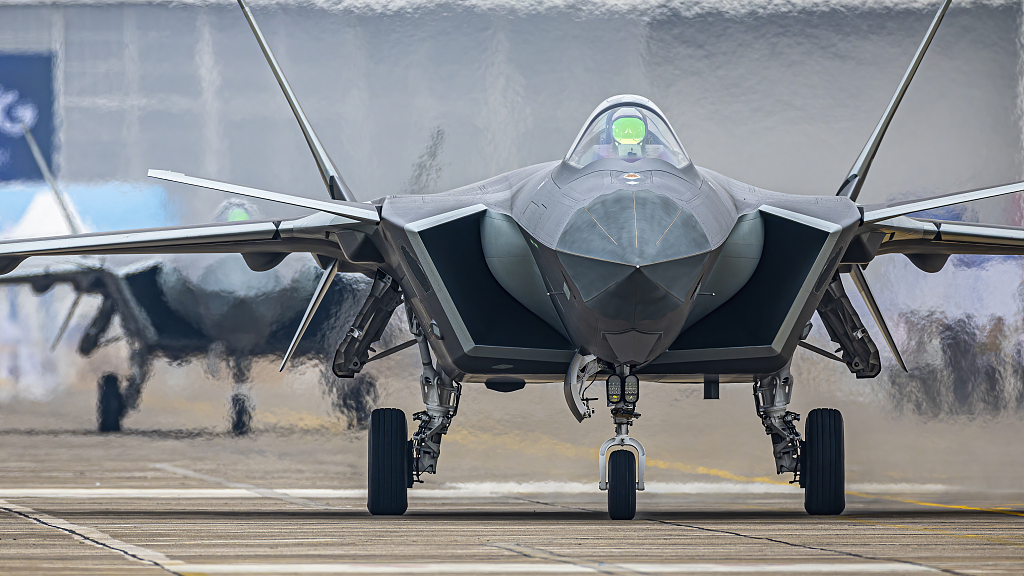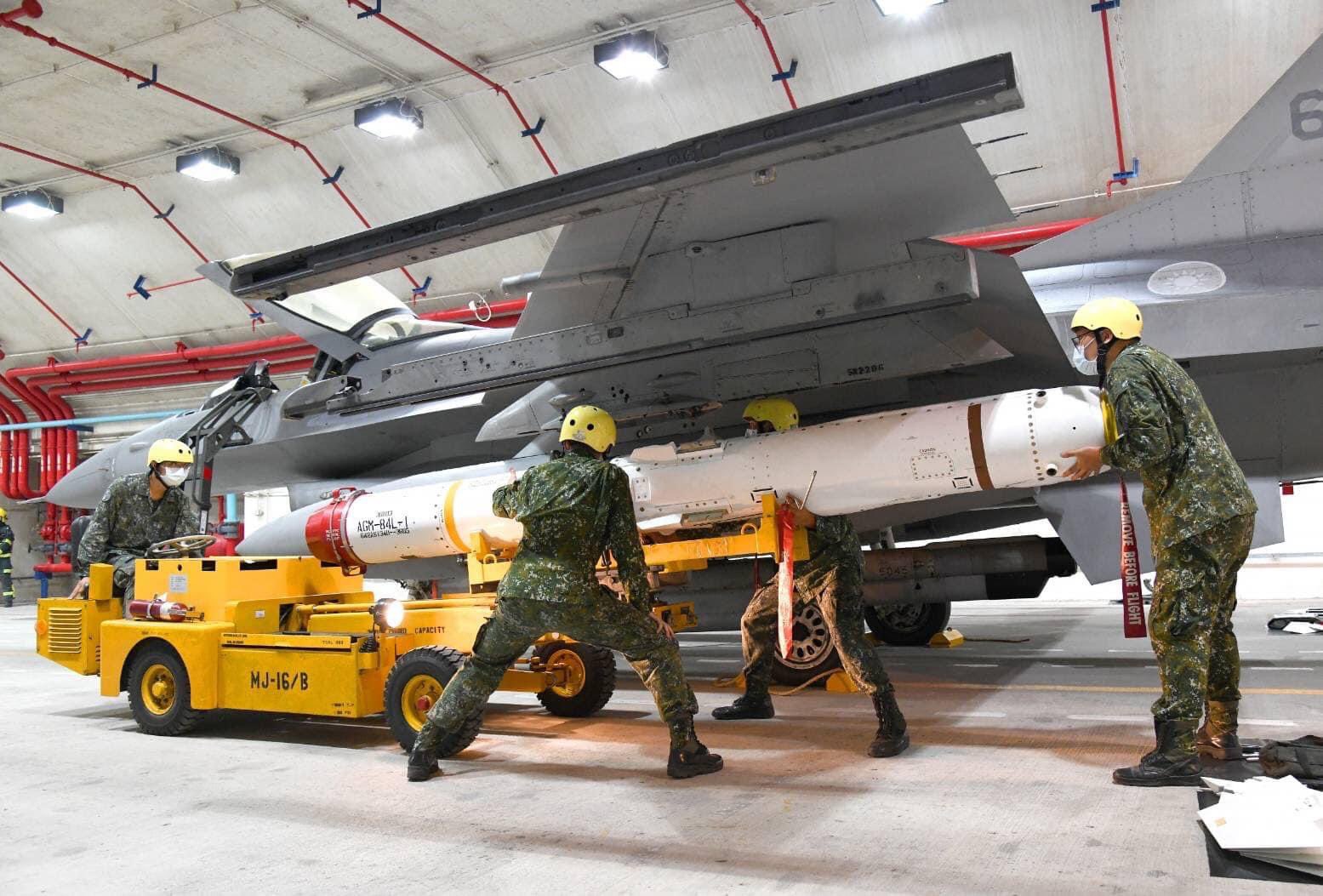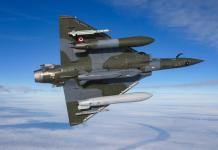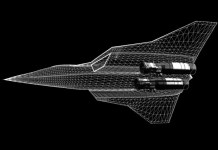Amid escalating tensions and fears of Chinese invasion, Taiwan’s Deputy Defense Minister, Po Horng-huei, has recently made a bold assertion, stating that Taiwan holds “absolute air superiority” over China in its own airspace.
This declaration, made during a recent legislative hearing in response to questioning from ruling Democratic Progressive Party lawmaker Chiu Chih-wei, has brought renewed attention to Taiwan’s defense capabilities and its ability to counter potential military aggression from Beijing.
While Taiwan’s military frequently highlights its defense capabilities, Po’s assertion of “air superiority” stands out as unusual. The declaration comes at a time when Beijing dropped the clause for a peaceful merger with Taiwan, suggesting that a military intervention could be around the corner.
Addressing concerns about potential intrusions by People’s Liberation Army (PLA) warplanes into Taiwan’s airspace, Po, a retired pilot himself, highlighted Taiwan’s robust air defense systems and firepower capabilities.
He confidently stated that any enemy aircraft would be exposed to Taiwan’s air defense systems and would fall within the range of its firepower.
Chiu Chih-wei also raised concerns about Taiwan’s ability to counter the PLA’s numerical advantage in fighter aircraft. Yet, Po noted the importance of quality over quantity, stating that Taiwan’s Air Force prioritizes “maintaining high-quality military aircraft.”
He further elaborated that Taiwan’s pilots are extensively trained in various tactics to effectively counter any potential Chinese invasion. While Po appeared very confident, the PLA Air Force is widely acknowledged to hold a major numerical and technological advantage over Taiwan.
Despite this, Taiwan has taken steps to bolster its aerial capabilities, most notably through the recent upgrade of its entire fleet of F-16 fighter jets to the Viper standard.
The F-16 Viper is the latest iteration of this combat-proven fighter aircraft, boasting enhanced performance and cutting-edge technology. Notably, the island nation was the first to field combat-capable F-16Vs.
In February 2024, Taiwan celebrated the completion of its Peace Phoenix Rising program, a $4.5 billion initiative aimed at upgrading 139 older versions of the F-16 fighter jet to the Block 70/72 Viper configuration.
Despite maintaining its status as a fourth-generation fighter, the upgraded F-16V boasts a range of advanced capabilities due to its enhanced avionics suite. At the heart of this suite is the Northrop Grumman AN/APG-83 Scalable Agile Beam Radar (SABR), which features an active electronically scanned array (AESA).
This state-of-the-art radar system enhances detection and engagement ranges, improves target-spotting capabilities for low-signature objects such as cruise missiles, and enhances resistance to electronic countermeasures.
:quality(70)/cloudfront-us-east-1.images.arcpublishing.com/archetype/QEG22B73GVBHFNXN2EPQXEHZK4.jpg)
The next step for the Taiwanese Air Force is to acquire 66 new F-16 Block 70/72 Viper fighter jets to bolster its combat fleet. However, the program, which has a price tag of $8 billion, is experiencing delays.
The potential acquisition of Vipers will significantly boost Taiwan’s Air Force, particularly given the ongoing escalation of the Chinese military’s activities near Taiwan’s borders.
In recent years, Beijing has increased its aerial surveillance around Taiwan, with military aircraft frequently breaching Taiwan’s Air Defense Identification Zone. Consequently, the island’s Air Force has been compelled to repeatedly scramble its fighter jets, placing persistent strain on its pilots and aircraft.
On the contrary, the Chinese Air Force outnumbers and outmatches the Taiwanese Air Force. The prized asset of the People’s Liberation Army Air Force is its stealthy J-20 fighter jet.
It is estimated that Beijing currently maintains a fleet of over 200 J-20 fighter jets, a formidable number that could force any potential adversary to ‘think twice’ before challenging the might of the Chinese PLA Air Force.
This overwhelming numerical and technological superiority underscores the major challenges Taiwan faces in maintaining its defense posture against a much larger and more advanced neighbor.
J-20 Mighty Dragon Vs. F-16 Viper
The J-20 fighter jet undoubtedly represents a formidable, modern aircraft, but its primary Taiwanese adversary, the F-16 Fighting Falcon, presents a different challenge altogether.
Unlike its earlier iterations, the Viper variant is equipped with an APG-83 active electronically scanned array (AESA) radar and other cutting-edge avionics.
Initially conceived as a lightweight daytime fighter to complement the US Air Force’s F-15 Eagle, the F-16 has undergone significant evolution, transforming it into an all-weather multi-role aircraft.
Its versatility and relatively low cost have made it an ideal choice for Taiwan’s defense needs. It is capable of executing a diverse range of missions.
While the F-16V boasts capabilities such as advanced air-to-air AIM-9X missiles and powerful F-110-GE132 engines for improved maneuverability, the J-20’s inherent advantage lies in its stealth capabilities.

In August 2023, however, the United States approved the potential sale of infrared search and track systems (IRSTs) to Taiwan, aiming to enhance F-16s’ ability to detect stealthy threats like the J-20s.
Infrared search and track (IRST) sensors would significantly aid Taiwan’s F-16s in detecting and tracking threats, particularly stealthy ones like the Chinese J-20s. Even China’s state-backed Global Times acknowledged the impact of IRST technology, recognizing its potential to detect “stealth aircraft.”
The Chinese media outlet said, “Unlike radar that uses the reflection of radio waves to find targets, IRST uses heat signals radiating from its target to detect them. Stealth aircraft are designed to be low-observable to radar, but its infrared radiation can only be reduced, not eliminated.”
Despite the enhancements to Taiwan’s F-16s, Chinese experts argue that the People’s Liberation Army Air Force’s (PLAAF) J-20 will dominate in aerial combat, potentially neutralizing upgraded Taiwanese F-16s even before they take off.
They further suggest that the integration of the PLAAF’s KJ-500 early warning aircraft, J-20 fighters, and PL-15 beyond line-of-sight missiles will render Taiwan’s F-16Vs ineffective in utilizing IRST technology.
In beyond-visual range engagements, the J-20 is expected to outperform the F-16. The J-20’s combination of stealth, radar capabilities, and long-range missiles could provide a significant advantage.

Armed with PL-15 missiles and concealed by its stealth profile, the J-20 could potentially engage F-16s before Taiwanese pilots are aware of its presence. In short-range battles, the J-20 may be less maneuverable compared to the F-16, which benefits from its single-engine design and AIM-9X Sidewinder missiles.
However, with advancements in high off-boresight missiles, visual range engagements are increasingly becoming mutually assured destruction scenarios.
These factors collectively present a formidable challenge for the Taiwanese Air Force in countering the J-20. The J-20’s stealth capabilities and advanced weaponry could make it difficult to detect and engage, potentially giving it the upper hand in aerial combat.
- Contact the author at ashishmichel(at)gmail.com
- Follow EurAsian Times on Google News




